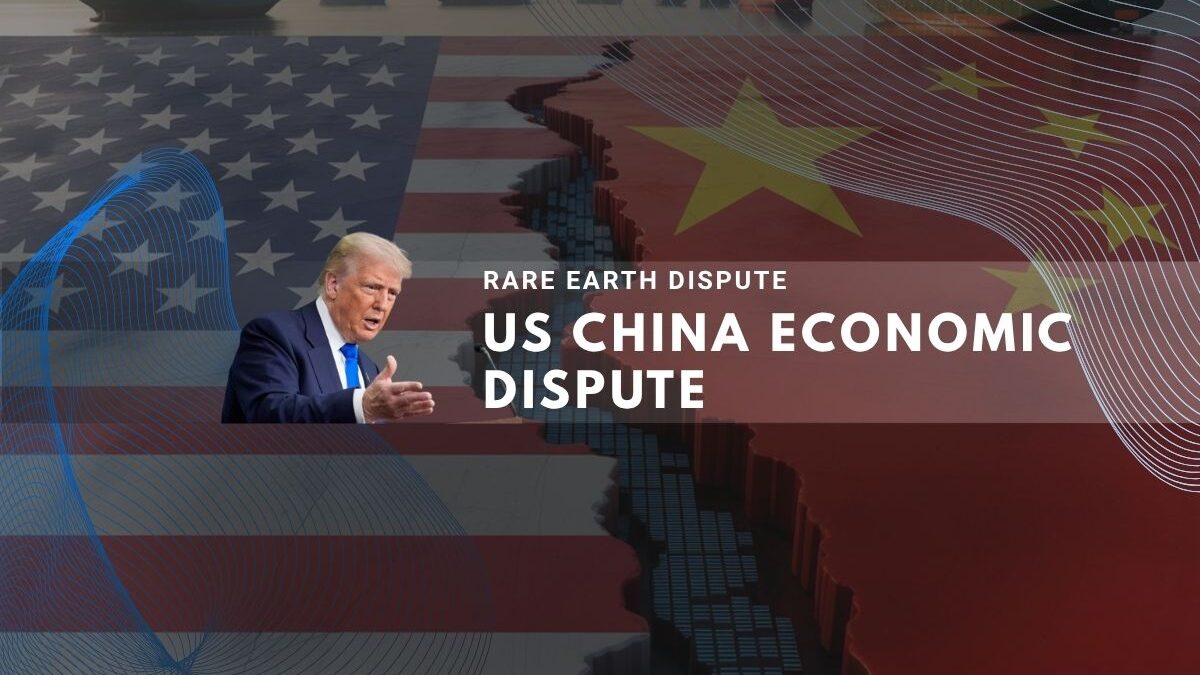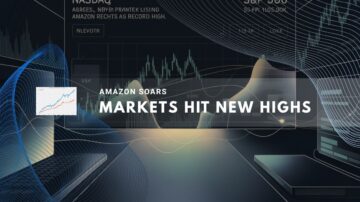On October 10, 2025, President Donald Trump announced an additional 100 percent tariff on all Chinese imports, effective November 1, in direct response to Beijing’s new export restrictions on rare earth minerals imposed October 9. The escalation has rattled financial markets and cast doubt on upcoming trade talks.
Trump Announces Retaliatory Tariffs Against China
President Trump declared on Friday that the United States would impose an extra 100 percent tariff on Chinese goods entering the country, layered on top of existing duties that currently stand at 30 percent or higher [1][2]. The new tariffs take effect November 1, or potentially earlier depending on China’s actions. Trump also announced export controls on critical software as part of the measures.
The president posted on Truth Social that China’s recent rare earth export restrictions were sinister and hostile actions that would impact virtually every country worldwide. He stated there was no justification for allowing China to hold the world captive through control of these vital materials [2].
Financial markets reacted sharply to the announcement. The S&P 500 index fell 2.7 percent, the Dow Jones dropped 878 points, and the Nasdaq declined 3.6 percent, marking the worst trading day since April 2025 [1][8].
Read More: China warns US of retaliation if Trump doesnt retract full 100% tariff threat
China Defends Rare Earth Export Controls
Beijing announced sweeping new restrictions on rare earth elements on October 9, expanding controls to five additional elements beyond the seven already regulated [4][5]. The Chinese Ministry of Commerce stated the measures aim to better safeguard world peace and regional stability amid heightened global security challenges.
Scope of Chinese Restrictions
The new regulations require foreign companies to obtain licenses from Beijing to export products containing more than 0.1 percent of domestically sourced rare earths [4]. Controls extend to intellectual property and technologies related to extraction, refining, magnet production, and recycling processes. Applications for goods with potential military or terrorist applications will face rejection.
China supplies approximately 70 percent of global rare earth materials, which are critical for defense systems, semiconductor manufacturing, electric vehicle batteries, and clean energy technologies [4][5].
Beijing Accuses US of Double Standards
On October 12, China’s Ministry of Commerce defended the export controls as legitimate under international law and accused Washington of hypocrisy [3][6]. A ministry spokesperson noted that the United States maintains export control lists covering over 3,000 items, while China’s list includes fewer than 1,000 items.
Chinese officials emphasized that the controls do not constitute export bans and that applications meeting established criteria would be approved [4]. The ministry expressed confidence that supply chain disruptions would remain minimal based on thorough impact assessments.
Additional Retaliatory Measures
Following the rare earth announcement, China revealed it would impose docking fees on United States vessels at Chinese ports starting October 14 [4]. This directly countered Washington’s decision to charge Chinese ships arriving at American ports on the same date. Beijing also launched an antitrust investigation into American chipmaker Qualcomm during this period [1].
Uncertainty Over Trump Xi Summit
The escalation has placed a planned meeting between President Trump and Chinese President Xi Jinping in jeopardy. Trump initially posted on Truth Social that there now seemed to be no reason for the meeting to occur [2][8]. However, when questioned by reporters at the White House, he clarified that he had not officially canceled the summit but remained uncertain whether it would take place.
The meeting was tentatively scheduled to occur at an economic conference in South Korea later in October 2025. Observers view the tariff announcements as attempts by both sides to gain leverage ahead of potential negotiations [1][8].
Economic and Supply Chain Concerns
Trade experts warn that the escalating tensions could disrupt global manufacturing and increase costs for American companies heavily reliant on Chinese production [1]. The combination of higher tariffs and restricted access to rare earth materials creates challenges for technology manufacturers, electric vehicle producers, and defense contractors.
Analysts note that while the United States possesses some trade leverage through tariffs, China’s dominance in rare earth supply chains and its role as a manufacturing hub for many American corporations provides Beijing with significant counterpressure capabilities [6]. The situation reflects the most serious strain in bilateral economic relations since earlier trade disputes were paused through careful negotiations in mid 2025.
Both governments have indicated willingness to engage in dialogue, but current actions suggest hardening positions that could complicate resolution efforts heading into 2026 [3][4].



